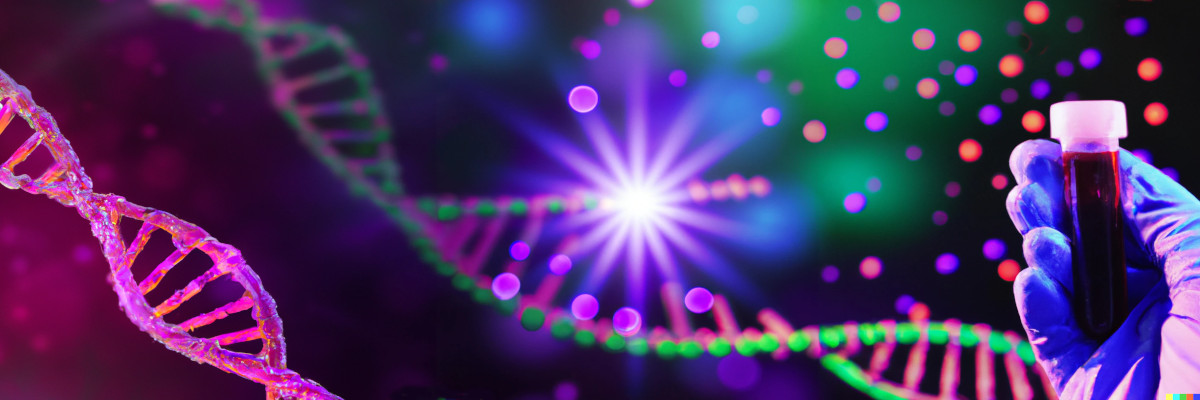Removing the PCR in quantitative nucleic acid diagnostics
– Sindhu M

Real-time Polymerase Chain Reaction (RT-PCR, also known as quantitative PCR) is the standard test used to detect viruses like Ebola and SARS-CoV-2. A throat swab or a blood sample taken from the patient may have only a few viral DNA or RNA molecules, making it hard to detect the virus. Therefore, the number of DNA or RNA molecules is amplified using PCR. This newly generated DNA is tagged by fluorescent molecules and monitored in real-time to estimate the level of DNA (or viral RNA) in the sample. This technique also uses a thermal cycler which regulates the temperature because different temperatures are required in eachstep of multiplying the DNA or RNA molecules. However, the use of thermal cyclers and real-time monitoring limits the use of RT-PCR in resource-starved areas.

To overcome this limitation, Priyanka Valloy and Rahul Roy from the Department of Chemical Engineering, IISc, have used an alternative method called ‘Recombinase Polymerase Amplification (RPA)’, in which all the reactions take place at close to room temperature, eliminating the need for a thermal cycler. Developing a RPA kinetics mathematical model that estimates the amount of the initial DNA based on the amount of genetic material present at the end point, they developed a new method called ‘Quantitative endpoint RPA (qeRPA)’, thateliminates the need for real-time monitoring.
The researchers then used qeRPA to determine the initial number of DNA copies in blood samples from dengue patients. The results from qeRPA were consistent with the results obtained from qRT-PCR while being faster and easier to implement. Therefore, the team hopes that this method could be used to detect nucleic acids like DNA or RNA at diagnostic centres in resource-limited areas such as remote villages and in developing countries, making diagnostics more accessible.
REFERENCE:
Valloly P, Roy R, Nucleic Acid Quantification with Amplicon Yield in Recombinase Polymerase Amplification, Analytical Chemistry (2022).
https://doi.org/10.1021/acs.analchem.2c02810
LAB WEBSITE:
https://nanobiology.nanobiophotonics.org/members/rahul-roy





